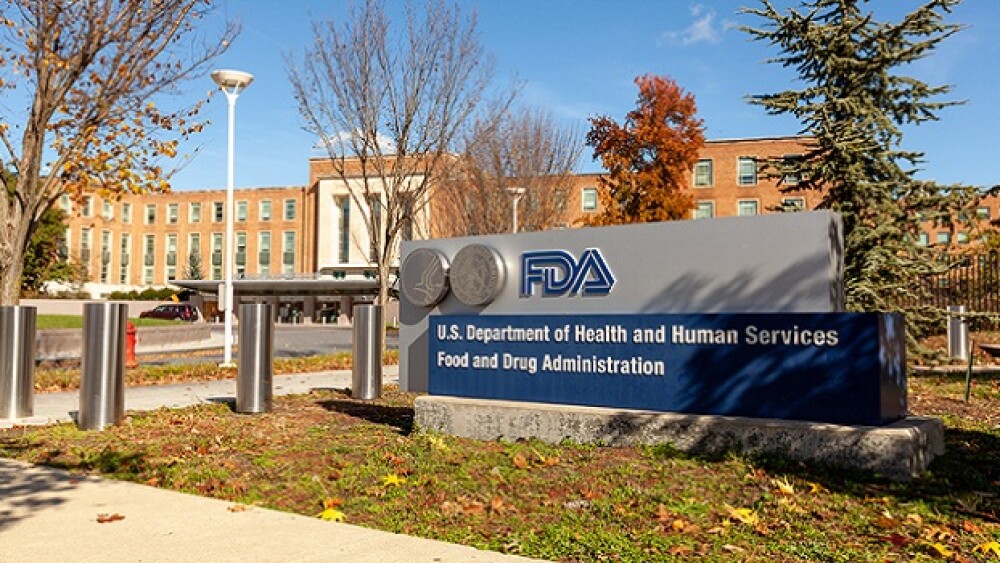Most of the luxuries that we enjoy are the result of patented developments, especially in the field of biotechnology. Every time we take a medication, enjoy a food or beverage, or undergo a surgical procedure, we benefit from advances in biotechnology that might not have been available for public use without patents.
Mark Van Scyoc / Shutterstock.com
Most of the luxuries that we enjoy are the result of patented developments, especially in the field of biotechnology. Every time we take a medication, enjoy a food or beverage, or undergo a surgical procedure, we benefit from advances in biotechnology that might not have been available for public use without patents.
Biotechnology, more so than the inventions that arise in many other fields, requires adequate Intellectual Property (IP) protection. Biotechnology companies utilize patents to ensure that their labor-intensive R&D will not be in vain. Patent protection also reduces the likelihood of imitation by competitors, which is critical because biotech inventions have such unique and life-changing potential that scientists and inventors rightfully deserve ownership over.
Most importantly, patent protection over biotechnology, especially in the field of medication, provides an effective barrier to illegal and dangerous copying of medicines. Examples of patented items and methods that have benefited humanity in ways which we can never fully appreciate are insulin, blood transfusions, anti-cancer drugs, autoimmune drugs, and pasteurization.
The importance of these solutions compounds with the fact that their inventors made it through the challenging and time-consuming hurdle of obtaining patent protection, and an understanding of these legal challenges.
Complications obtaining biotech patents
When an inventor applies for a patent, he or she must demonstrate that the creation meets specific eligibility requirements: an invention must fall under subject-matter eligibility, have utility, novelty, be non-obvious, and not have been previously disclosed. This is where biotechnologists may run into trouble.
Biotechnology inventors may have difficulty demonstrating the novelty of their proposed invention. The complication lies in how many biotech creations are iterations or improvements to a naturally occurring method or process.
To qualify for a patent, an applicant must prove that their creation is a new process rather than merely a naturally-occurring one. This also involves the demonstration that an invention is the first in the world to do its specified action.
Another source of complexity regarding biotechnological inventions results from the fact that biological material, like tissues and cells, can reproduce itself. This dynamic element invokes several complications on the path towards patent protection. For example, a biological material may be patented as it is one moment, but might change or morph the next moment. This would lead to the issue of whether the patent covers the shift or stops at the invention pre-shift.
Another complication that biotechnologists will run into when seeking patent protection over their inventions is what exactly needs to be disclosed in a patent application. A large debate about biotechnology patents has focused on how to ensure that the claims listed in patent applications are not so much broader than what is justified by the invention disclosed in the patent. The fear behind this debate is that patent owners may receive undue exclusivity over an invention, as this is unethical and could bar research and innovation.
The problem of what to include in an application must be top of mind for biotech companies when drafting patent applications. It is also a necessary consideration when devising a research and development (R&D) strategy if patenting R&D results are crucial for the company’s ability to attract funding and generate profits.
Controversy around biotech patents
The patentability of biological materials is often a source of controversy as well. Some in the field argue that biological materials and processes are mere discoveries, and therefore not patentable. Others counter with the position that biotech materials are man-made inventions, and are patentable as such.
One specific issue that faces controversy in this field is gene-editing technology. Substantial time, effort and money have gone into resolving whether gene-editing discoveries are patentable.
Controversy and confusion surrounding this area of biotechnology patents were particularly felt after the Supreme Court’s 2012 decision in Myriad v. Association for Molecular Pathology v. Myriad Genetics. The Supreme Court held that naturally occurring gene sequences, and their natural derivative products, are not patent eligible under §101 of the Patent Act. However, the Court conceded that the creation of a new product in a lab exempts that invention from being a product of nature. This means that gene sequences refined by synthetic processes to create molecules that do not occur naturally can be patent eligible.
However, after Myriad, two pivotal questions remained unanswered: (1) What degree of DNA alteration by humans renders genetic material patentable? (2) Will the inability to patent genetic sequences hinder R&D efforts to bring gene-based inventions to market?
One recent case that focused on the controversy around gene-based patents centered upon the use of CRISPR-CAS9 gene editing. The case focused on whether or not educational institutions have the right to commercialize products developed via utilization of the CRISPR system to make specific changes to the genomes of eukaryotes. While this case and others similar to this one were more costly and contentious than anticipated, they have produced solid legal groundwork to guide biotechnologists.
Carly Klein is a first-year student at Loyola Law School. A Los Angeles native and a graduate from Boston University with a B.A. in Political Science & Philosophy, she seeks to pursue a career in civil litigation.





